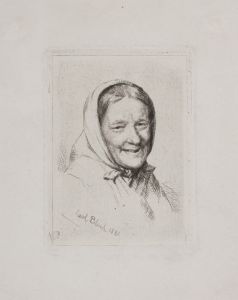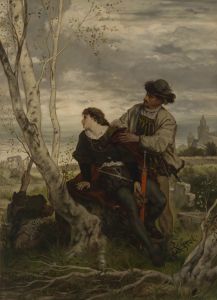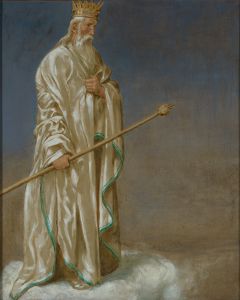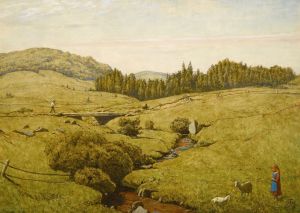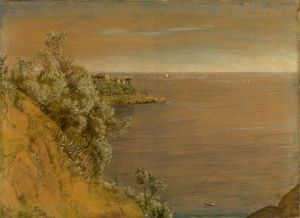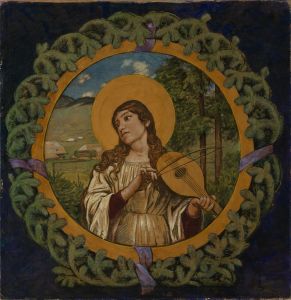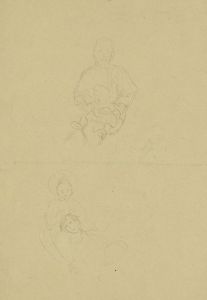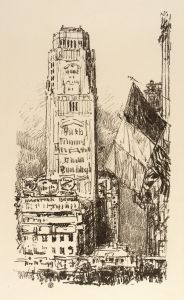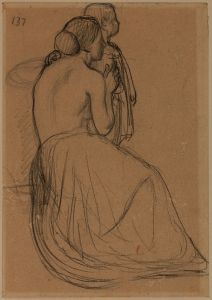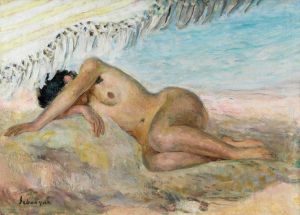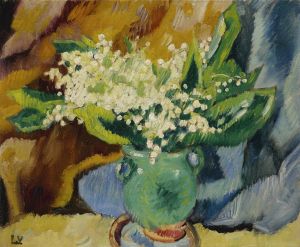
Die Quelle
A hand-painted replica of Hans Thoma’s masterpiece Die Quelle, meticulously crafted by professional artists to capture the true essence of the original. Each piece is created with museum-quality canvas and rare mineral pigments, carefully painted by experienced artists with delicate brushstrokes and rich, layered colors to perfectly recreate the texture of the original artwork. Unlike machine-printed reproductions, this hand-painted version brings the painting to life, infused with the artist’s emotions and skill in every stroke. Whether for personal collection or home decoration, it instantly elevates the artistic atmosphere of any space.
Hans Thoma (1839–1924) was a German painter associated with the Realist and Symbolist movements. One of his notable works, Die Quelle (translated as The Source), is a painting that reflects his characteristic style, which often combined naturalistic detail with an idealized, almost dreamlike quality.
Die Quelle was created in 1893 and is considered one of Thoma's significant contributions to 19th-century German art. The painting depicts a serene and idyllic scene, centered around a young woman seated by a spring, or "source," in a lush, natural landscape. The figure is portrayed in a contemplative pose, with her surroundings rendered in meticulous detail, including the flowing water, verdant greenery, and distant hills. The composition emphasizes harmony between humanity and nature, a recurring theme in Thoma's work.
Thoma's art often drew inspiration from his rural upbringing in the Black Forest region of Germany, and Die Quelle reflects this influence through its pastoral setting and focus on the natural world. The painting also demonstrates his interest in mythology and allegory, as the figure by the spring may symbolize purity, life, or renewal, though Thoma himself did not provide explicit interpretations of his works.
The painting is housed in the Staatliche Kunsthalle Karlsruhe, a museum in Karlsruhe, Germany, which holds a significant collection of Thoma's works. This institution played an important role in preserving and promoting his legacy, as Thoma served as the director of the Kunsthalle from 1899 to 1920.
Hans Thoma's work, including Die Quelle, was well-regarded during his lifetime, particularly in Germany, where he was celebrated as a national artist. However, his reputation declined somewhat in the early 20th century as modernist movements gained prominence. In recent years, there has been renewed interest in his art, with scholars and audiences appreciating his unique blend of realism, symbolism, and connection to German Romantic traditions.
Die Quelle remains an example of Thoma's ability to capture the beauty of nature and the human figure in a way that resonates with viewers, offering a glimpse into his artistic vision and the cultural context of late 19th-century Germany.






